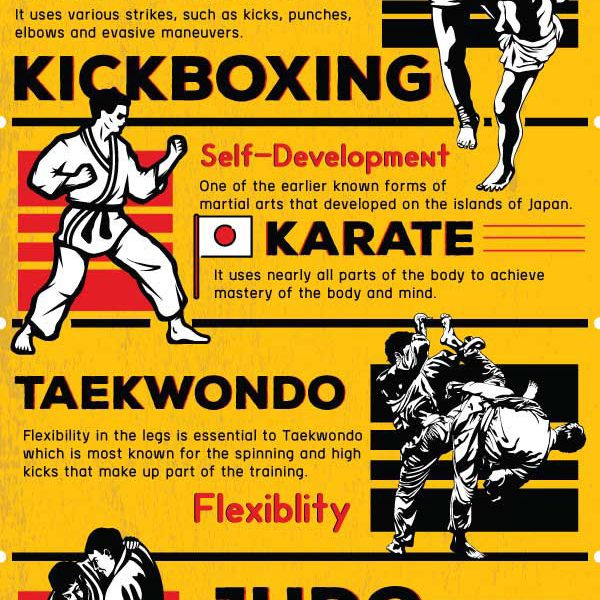Typical Martial Arts And Modern Combat Sports: A Comprehensive Overview Of Their Distinctive Distinctions
Typical Martial Arts And Modern Combat Sports: A Comprehensive Overview Of Their Distinctive Distinctions
Blog Article
Team Author-Valentine Sexton
When you consider martial arts, do you lean more toward the typical practices or the modern-day fight sports? Each path supplies distinct benefits and experiences, formed by their ideologies and training methods. Typical martial arts highlight individual development and discipline, while modern battle sporting activities focus on competition and efficiency. Understanding these differences can lead you in choosing the best technique for your trip. But just how do what is it worth materialize in training and viewpoint?
The Ideology and Background Behind Traditional Martial arts
While lots of people connect martial arts with physical fight, the philosophy and background behind conventional martial arts run much deeper. You'll discover that these self-controls emphasize individual growth, discipline, and respect.
Originating from ancient methods, standard martial arts were typically created for Self-Defense and spiritual advancement. They embody concepts such as equilibrium, harmony, and self-control, directing experts past mere fighting skills.
As you train, you'll not just discover methods but likewise gain insights into the society and worths that shaped these arts. The routines and traditions, frequently passed down with generations, promote a feeling of community and belonging.
The Affordable Nature of Modern Fight Sports
Modern combat sporting activities have actually changed the landscape of martial arts into a very affordable arena, where professional athletes face off in a test of ability, method, and endurance.
martial arts vs mma 'll notice that competitions are frequently organized with strict regulations and regulations, ensuring fair play and safety and security. These occasions draw in huge audiences, fueling the excitement and strength of matchups.
Professional athletes train carefully, not just for physical prowess but also for psychological strength, understanding that every information counts in the ring. The adrenaline thrill during competitions is apparent, as fighters press their restrictions to declare success.
Fans value the athleticism and artistry involved, making contemporary fight sports a thrilling phenomenon that continues to advance and captivate enthusiasts around the world.
Training Techniques and Strategies: A Comparative Evaluation
The affordable atmosphere of modern combat sports needs cutting-edge training techniques that vary significantly from standard martial arts.
In contemporary training, you'll concentrate on specific methods, competing, and conditioning, typically using drills that mimic actual battle situations. You'll see an emphasis on quantifiable efficiency and frequent competitors to examine your skills.
On the other hand, traditional martial arts focus on kinds, katas, and philosophical mentors, typically highlighting discipline and regard over competition.
what is a martial arts studio called is typically less extreme and might involve repeated practice rather than real-time sparring.
While both techniques build skill and physical fitness, contemporary combat sports supply a much more vibrant and adaptable training environment, preparing you for instant obstacles in the ring or cage.
Select fighting classes for adults near me that aligns with your goals and interests.
Final thought
In picking in between typical martial arts and modern-day battle sports, it really boils down to what you value most. If you're seeking individual growth, technique, and a sense of area, conventional arts may be your finest fit. However if you prosper on competition and real-time challenges, modern fight sports could be the means to go. Ultimately, both courses provide distinct advantages, so it's all about aligning your training with your individual goals and interests.
